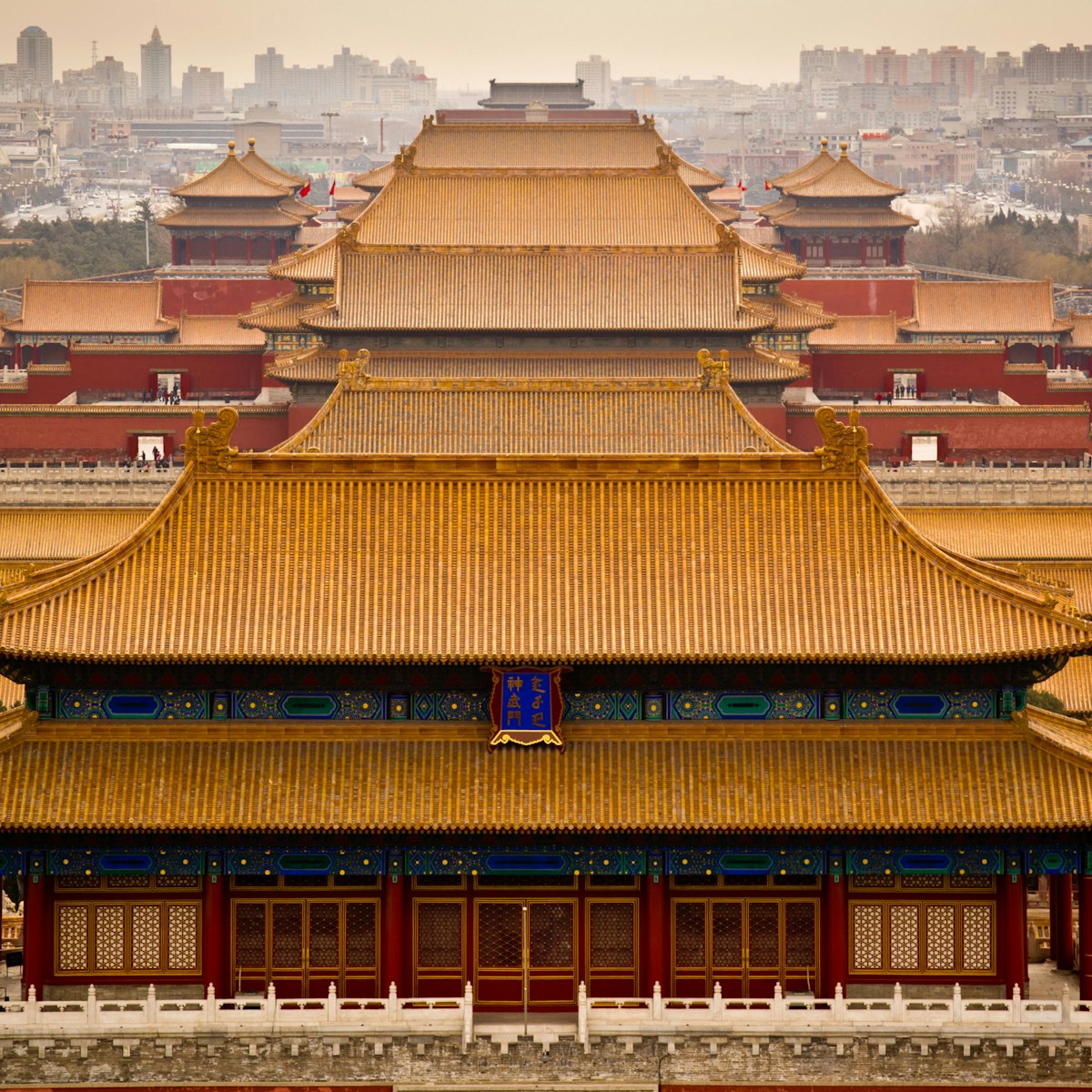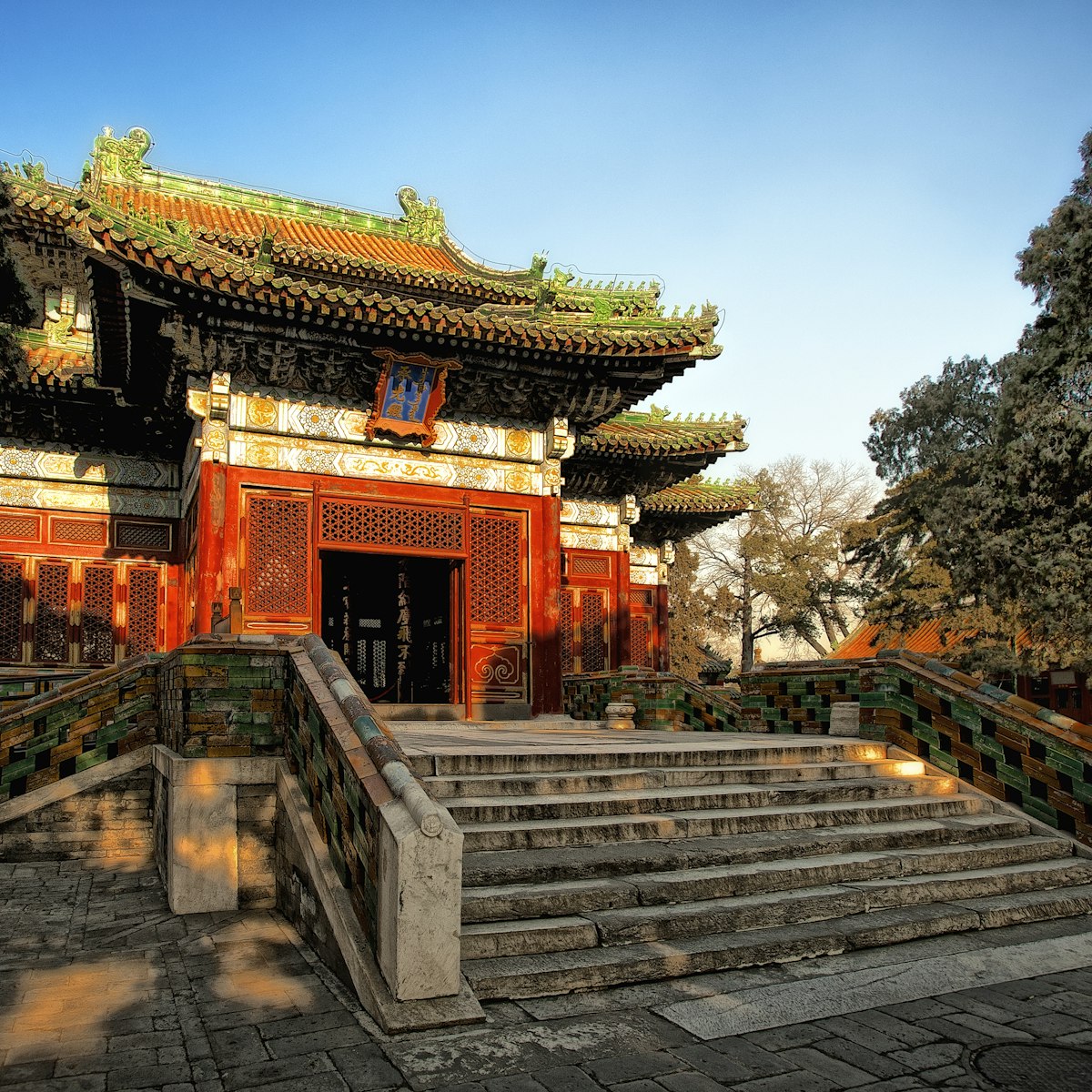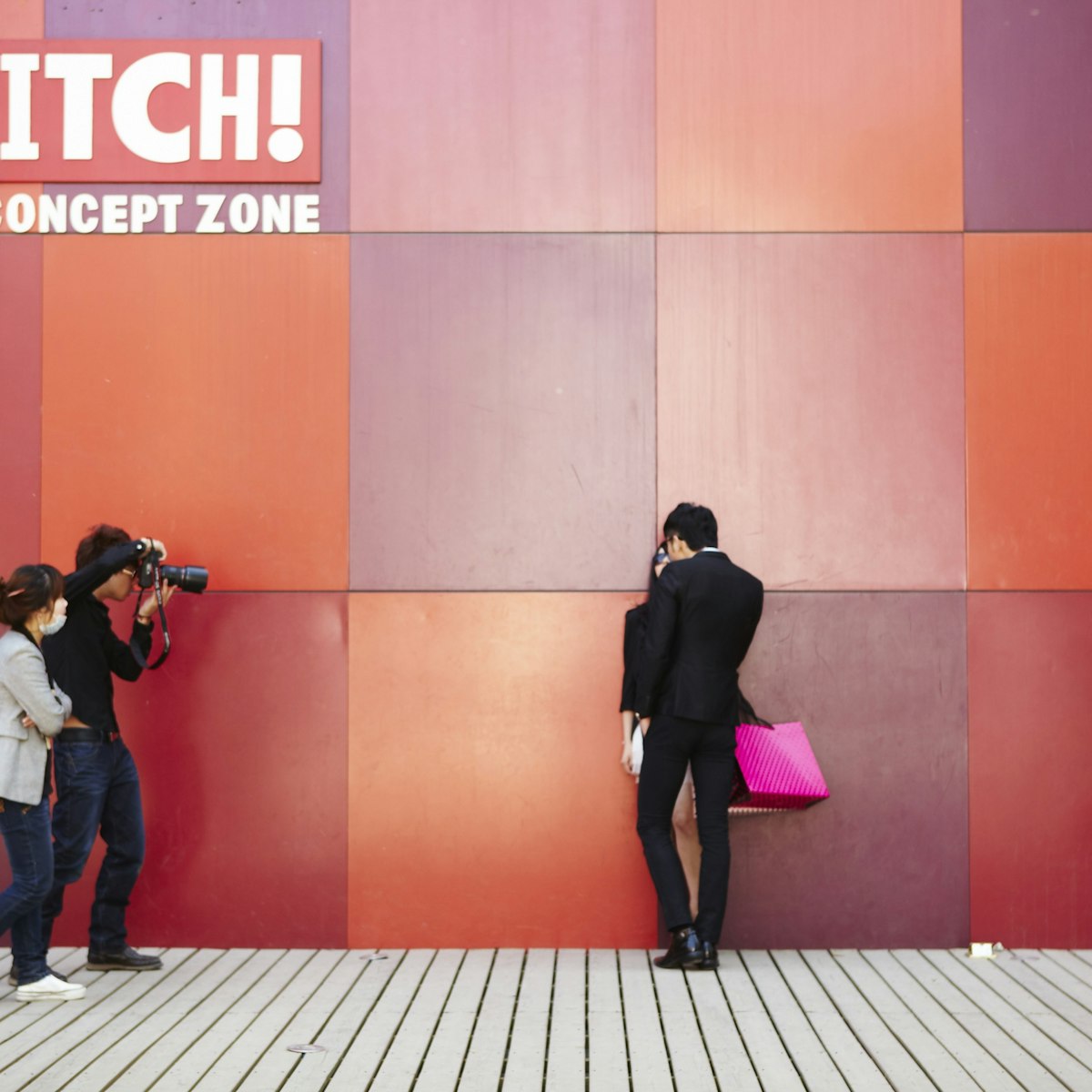An avenue of art shops, antiques and booksellers since the Qing dynasty, leafy Liulichang is a tourist favourite that's worth delving into for its historical, albeit dressed-up atmosphere and grand emporia selling calligraphy, paintings, curios and wénfáng sì bǎo (文房四宝), the 'four treasures of study', namely brushes, ink, paper and inkstones.
Connected by a footbridge over Nanxinhua Jie, Liulichang Xijie (West St) has the best selection of shops, from fine-art galleries selling silk paintings to holes-in-the-wall that will carve you a personalised chop (seal) while you wait.
Lulichang means 'coloured glaze factory', referring to Ming-era kilns that fired glazed tiles for Beijing's palaces, temples and stately residences. The area subsequently developed into a book market and publishing centre. In the early 1980s it was redeveloped for tourism.
You've probably got a better chance of finding genuine antiques here than at Panjiayuan Market, but expect stratospheric prices for the real thing. There's no shortage of ersatz curios, from shoes for bound feet to swords, coins, fans, teapots of Yixing clay, and shards of blue-and-white porcelain.







